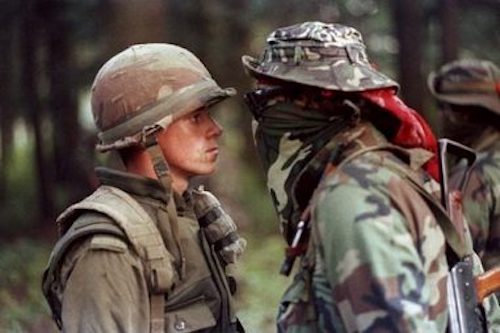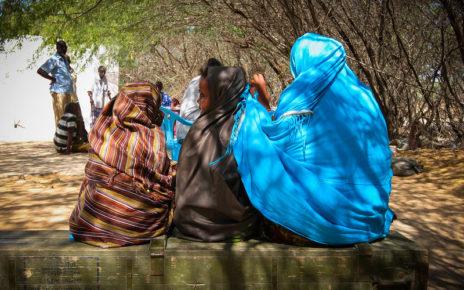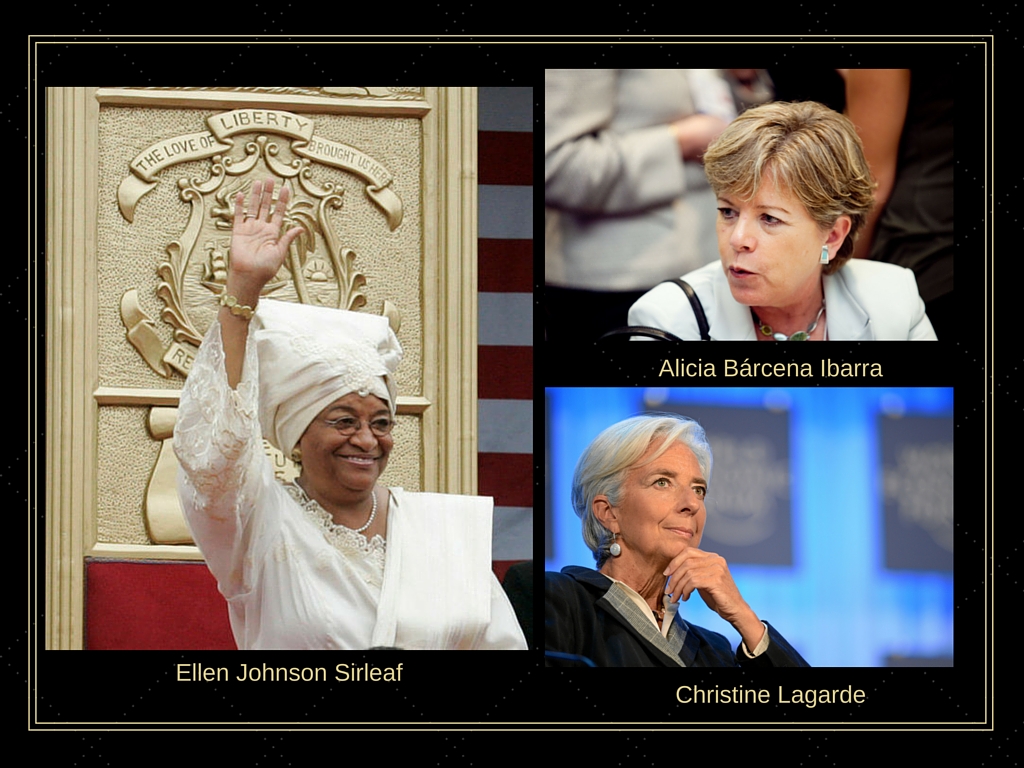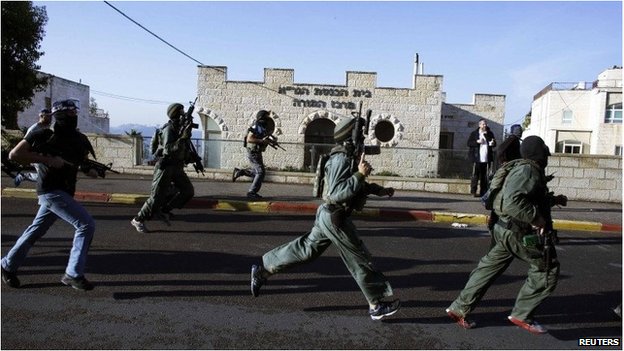As Canada observes its first National Day for Truth and Reconciliation that aims to recognize the historic and ongoing impacts of the Residential School System, there comes an obvious opportunity for learning, reflection and action across the country’s various institutions. In addition to the Royal Canadian Mounted Police, the provincial child welfare agencies and the Fisheries, the Canadian Armed Forces may stand among the institutions most complacent in the oppression of Indigenous peoples.
The relationship between the Canadian Military and Canada’s Indigenous peoples’ dates back well over two centuries and has seen a complex, often tumultuous, dynamic evolve between the two groups. In the sense of both the military and its serving indigneous members, as well as between the military and its civilian Indigenous communities, the settler-founded military has contributed to the legacy of systemic racism against First Nations, Metis and Inuit here in Canada.
From the War of 1812 to Afghanistan, Indigenous soldiers have made up a crucial component of Canada’s military heritage and modern fighting force. These soldiers enlisted in impressive numbers in both World Wars and Korea, yet returned home to a country that has denied them the right to vote, taken custody of their children, sent their youth off to traumatic residential schools, and hosted the “Starlight Tours” – where Indigenous men would be arrested for alleged drunkenness, driven to the town outskirts and have their clothes removed, leaving them to freeze to death in winter conditions.
This painful history is not only seen in the experiences of Indigenous veterans who fought for an equality “they could never share”, but in the actual engagements between Canada’s military and the country’s Indigenous civilian populations. The Oka Crisis of 1990 saw a violent response from the Army against the community of Kanesatake who were protesting the expansion of a golf course into a Mohawk burial ground. A contingent of 4000 soldiers, artillery assets and armoured vehicles were brought in – an operation with numbers comparable to Canada’s entire involvement in the Persian Gulf War. At the hands of Canadian soldiers, and the government that ordered them in, several dozen Mohawk protestors and warriors were injured, including a 14-year old who was stabbed in the chest as she carried her younger sister to safety. Similar events have been seen more recently, including the disruption of a Mi’kmaq ceremony by a group of servicemen under the name of Proud Boys.
While Canada’s Defence Policy explicitly spells out its intentions for an organization that protects Canadians at home and abroad, the history of the military and its relationship with Indigenous Canadians have not often reflected that. Newer initiatives have been implemented hoping to better recruit and accommodate Indigenous soldiers in the Forces, such as specific entry programs, summer training and the Aboriginal Leadership Opportunities Year. However, efforts to recruit are not the same as those to retain. Moreover, quantifiable representation is not enough to change the structures that continue to perpetuate discrimination. Contemporary inclusion and diversity initiatives in the CAF are inattentive to concepts of lived experience for soldiers. The absence of this crucial policy lens produces an institution ignorant to the marginalized soldiers navigating it and, without explicit efforts to make space for Indigenous voices throughout all levels of military leadership, leaves the organization at risk of repeating internal and external acts of oppression. For both the Forces and the broader Canadian project as a whole, much work remains as we strive towards reconciliation.




